Anxiety is a normal emotion and is experienced by all people at some stage. It is a normal part of growth; change, experiencing new and strange things, finding yourself and the meaning of your life. In contrast, pathological anxiety is an inappropriate reaction in terms of the intensity/duration when measured against the cause.
What are the major kinds of anxiety?
There are several major types of anxiety disorders, each with it’s own characteristics.
- People with generalized anxiety have recurring fears or worries, such as about health or finances, and they often have a persistent sense that something bad is just about to happen. The reason for the intense feelings of anxiety may be difficult to identify. But the fears and worries are very real and often keep individuals from concentrating on daily tasks.
- Panic involves sudden, intense and unprovoked feelings of terror and dread. People who suffer from this disorder generally develop strong fears about when and where their next panic attack will occur, and they often restrict their activities as a result.
- Related to anxiety is phobias, or intense fears, about certain objects or situations. Specific phobias may involve things such as encountering certain animals or flying in airplanes, whereas social phobias involve fear of social settings or public places.
- Obsessive-compulsive disorder is characterised by persistent, uncontrollable and unwanted feelings or thoughts (obsessions) and routines or rituals in which individuals engage to try to prevent or rid themselves of these thoughts (compulsions). Examples of common compulsions include washing hands or cleaning house excessively for fear of germs, or checking over something repeatedly for errors.
- Someone who suffers severe physical or emotional trauma such as from a natural disaster or serious accident or crime may experience post-traumatic stress disorder. Thoughts, feelings and behaviour patterns become seriously affected by reminders of the event, sometimes months or even years after the traumatic experience.
Symptoms of anxiety
Some symptoms are listed below for easy identification:
1.1 Motor system
- Headache
- Chronic fatigue
- Weakness
- Muscle tension
- Tremors
- Clumsiness, especially when fine co-ordination is expected
- Sleeping problems
1.2 Digestive system
- Nausea and vomiting
- Empty feeling in stomach
- Diarrhoea
- Bad taste in mouth
- Dryness in mouth
1.3 Respiratory system
- Short of breath
- Hyperventilation
- Dizziness
1.4 Cardio-vascular system
- Chest aches
- High blood pressure
- Rapid heartbeat
- Increased sweating
- Gets hot flushes easily
1.5 Uterine system
- Menstrual deviations
- Sexual dysfunction
1.6 Psychological
- Anxiousness
- Helplessness – feels inadequate and worthless
- Tense
- Restless
- Irritated
- Sleeplessness
- Poor concentration and memory
- Hypersensitive
- Indecisive
Coping with anxiety
Here are some basic techniques that can be used to reduce feelings of anxiety. However, if symptoms persists or affects your daily functioning, professional assistance from a psychologist is required.
2.1 Relaxation techniques
All the techniques used to relieve anxiety are more effective if you breathe effectively.
-
- Breathe in through your nose (while contracting muscles)
- Hold your breathe for a few seconds
- Breathe out slowly through your mouth (while relaxing muscles)
Relaxation therapy
Useful techniques that can be practised and used anywhere. Relaxation tapes are available from psychologists and other mental health professionals.
Deep breathing
Sit/lie down comfortably. Breathe in the following way: breathe in for 5 counts, hold your breath for 5 counts, breathe out for 5 counts.
Between other people
Take a firm grip on something (the back of a chair) – then relax. Clutch your fists and relax. Contract all the muscles in your body and relax
Some more techniques
-
- Roll your head from side to side (do not close your eyes). Pretend that you are rolling a tennis ball with the back of your neck against the wall.
- When sitting on a chair, take a hold of the chair with both hands, hold it for a few counts, and relax (let go of the chair again).
- Shake your hands and feet for quick relief.
- Roll shoulders – 5 times to the front and 5 times to the back.
- Breathe into your hands or a brown paper bag.
- Listen to soothing music while breathing correctly.
2.2 Positive thinking
- Keeping your self-talk positive. Give yourself positive feedback and acknowledge for your successes.
- Change negative thinking patterns – do not allow yourself to think negatively.
- Your experience of anxiety can change if you think positively. Instead of telling yourself that you won’t be scared of going to the party, tell yourself that you love going to parties.
- Get some perspective on the things that cause you anxiety – write it down/talk to someone.
2.3 Preparation and visualisation
- Prepare yourself for things/tasks as far as possible.
- Learn new skills and practice them in order to help you cope with situations more effectively.
- Create a place in your mind where you can flee in times of anxiety and stress.
- See yourself in the anxiety-provoking situation and visualise how you handle it successfully and effectively.
